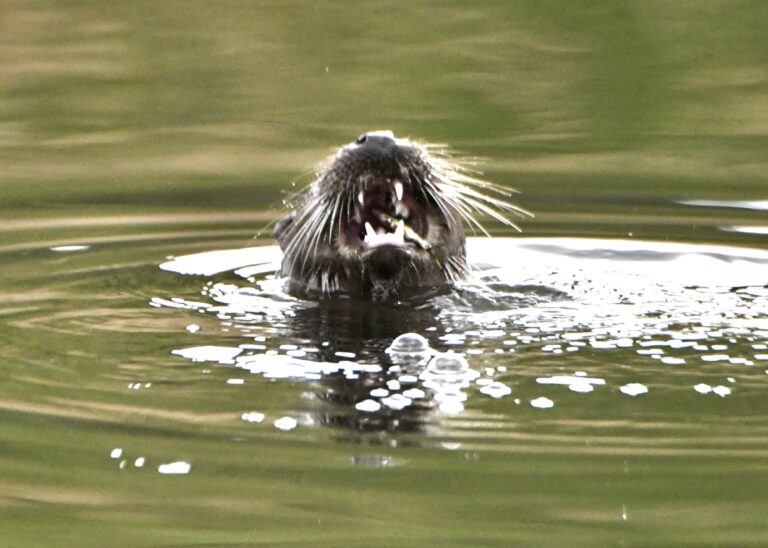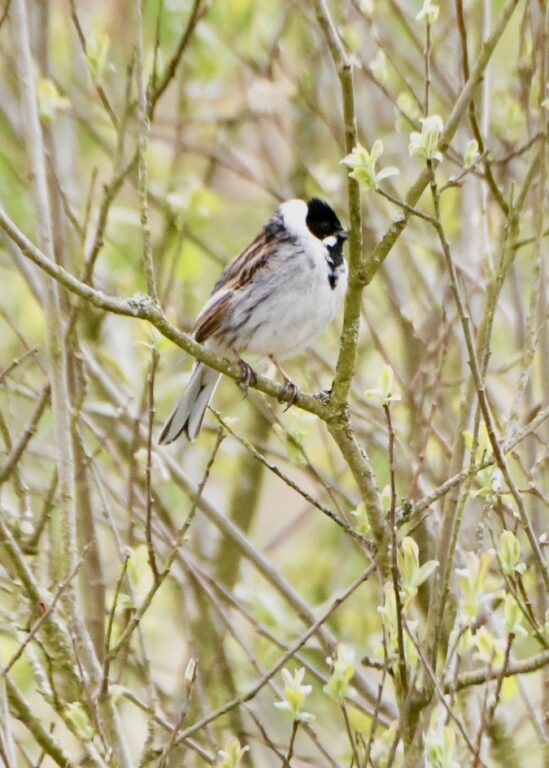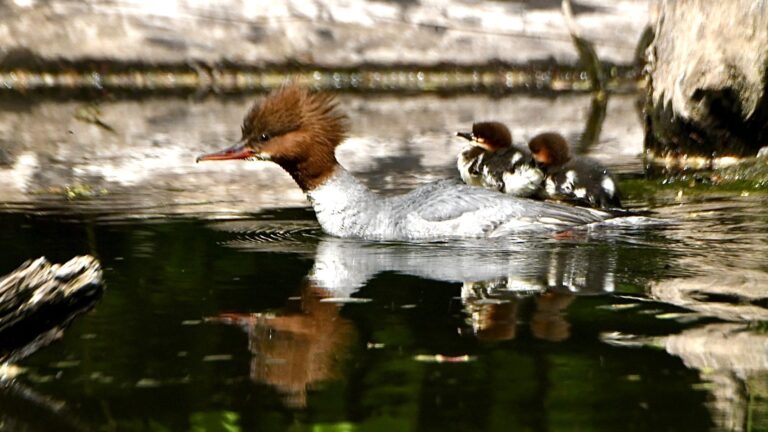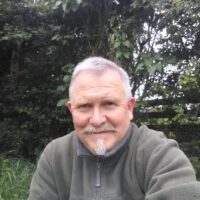For NHSN Trustee, Michael Turner, lockdown has been spent observing and enjoying the wildlife of the Lower Derwent Valley
Lockdown ; ‘a state of isolation or restricted access instituted as a security measure’ as defined by Oxford Languages. After 11 weeks of ‘lockdown’ I’m sure we can all relate to that statement with access to our parks and green spaces having never been more important for our wellbeing.
I am lucky enough to live in the Lower Derwent Valley on the very edge of the Country Park, famous for its industrial heritage and the iconic red kite. Since lockdown began on March 23rd I have gone out twice a day (don’t tell Boris) recording in my notebook the sights and sounds of nature as it has unfolded in what we can definitely say has been the most unusual of Springs. The Derwent Walk Country Park is about 300 acres of oak and mixed woodland with meadows, wetlands and riverside running from Swalwell to Rowlands Gill roughly following the wooded valley sides of the River Derwent.

Although I have lived here for nearly 20 years I have never had the opportunity to study wildlife so intensely and probably for the first time have become acutely aware of some of the subtle changes that we are often too busy to notice. As an ornithologist these are things I would not normally be aware of, in March the changing woodland floor showed little spikes of green with growing leaves slowly unfolding day by day then suddenly by April revealing the beautiful white spiked flower head of the Ransom, it’s spreading carpets filling the woodland with the aroma of wild garlic. It is in these wooded glades that I have watched on several occasions field vole and shrew that probably due to the lack of human presence are quite happy feeding in vegetation adjacent to footpaths.
On one evening whilst watching a roding woodcock I had the pleasure of seeing pipistrelle bats flying over the woods and Daubenton’s bat feeding just above the river. Larger mammals too have not been shy. Twice I have been lucky to see otter and 2 or 3 times I have watched foxes crossing fields during the day. Nearly every day now I have seen roe deer throughout the country park. On one occasion I watched a roebuck chasing a doe, so distracted by his intensions they both completely ignored me. On another occasion, I was walking along a riverside track that was quite overgrown. I heard what I thought was another person approaching so made moves to stand aside in the tall vegetation, allowing for the 2m distance between us. Imagine my dismay when a roe buck in full antler came into view just ahead of me walking down the same narrow path. He stopped short and we both stared at each other. One of us had to bound away effortlessly through the woods…needless to say it wasn’t me.

Following the birdlife in the valley has been my true joy. I have followed the arrival of most of the warblers and waited with anticipation for the martins, swallows and swifts, none have disappointed. One thing that did become a distraction was following the life of a pair of mute swans on Clockburn Lake. I had recorded the female first sitting on a nest on March 22nd and started to feel anxious by early May with her still sitting, no sign of cygnets and an ever-present grey heron that literally stood feet away from the nest metaphorically licking its lips. When 5 cygnets were successfully hatched on May 15th a full 55 days later the sense of relief was quite something, again I believe this was due to spending every day out in the field and being more in touch with nature’s rhythms. The mute swans had nested in a reed bed which on an evening had become a roost for hundreds of pied wagtail alongside nesting reed bunting.
A few days after seeing the cygnets I was watching a female goosander on the River Derwent and was overjoyed when she let out a low ‘croak’ and 5 ducklings bolted towards her from nearby vegetation some immediately jumping onto her back. On May 27th I visited the pond at Far Pastures. Although the bird hide was closed because of Coronavirus the birdlife around there is still quite visible. What I didn’t expect though at 8.30 on a warm sunny morning was an adult tawny owl to fly low overhead, land in an oak tree and start feeding one of its three chicks. That was one of the many wonderful wildlife moments that have made this lockdown bearable and for how long this awful situation lasts it will be those special moments that help see me through.

By Michael Turner, NHSN Trustee
Footnote
In May 1906 the Society had organised a field trip to the Derwent Valley for its ‘inaugural meeting of the season’. A report read to members by Mr Richard Adamson the Chairman of the Field Meetings Committee describes in detail the flora, fauna and industrial past connected to the valley, much of which we can still see today. In 2021 or whenever government restrictions allow I would like to lead a field trip through the Derwent Valley once again looking at the wildlife and heritage of this land of oak and iron…..top hats and bonnets optional.
 About the author
About the author
Michael has been a Trustee for the NHSN since 2002 and is a member of our Library Committee. A keen ornithologist he is also fascinated by the history of natural history. Michael is one of the Directors of the Tyne and Wear Heritage Forum and Chairman for the Friends of Saltwell Park. He leads bird walks for various groups and is an avid book collector.